Let's say I have these two lists:
number_list_1 = [1, 2, 3, 4, 5]
number_list_2 = [1, 2, 3, 4, 5]
then let's say that I want to know if the two lists are equal (There are a lot of ways to do this in Python and it's not what I'm looking for, also this is not a good approach in Python to do this)
solution 1:
def list_equality_1(l1, l2):
# Assuming that two array like objects have the same length
length = len(l1)
for i in range(length):
if l1[i] == l2[i]:
continue
else:
return False
return True
solution 2:
def list_equality_1(l1, l2):
# Assuming that two array like objects have the same length
length = len(l1)
for i in range(length):
if l1[i] != l2[i]:
return False
return True
In both of these solutions, each time we loop, we are evaluating the if statement, for the first one we are evaluating for equality and for the second one we are evaluating for not equality of the elements in the ith place. My question is which one is better? evaluating for the 'equality' first and use else statement, or evaluating for the 'not equality'? I want to know how the compiler deals with this.
